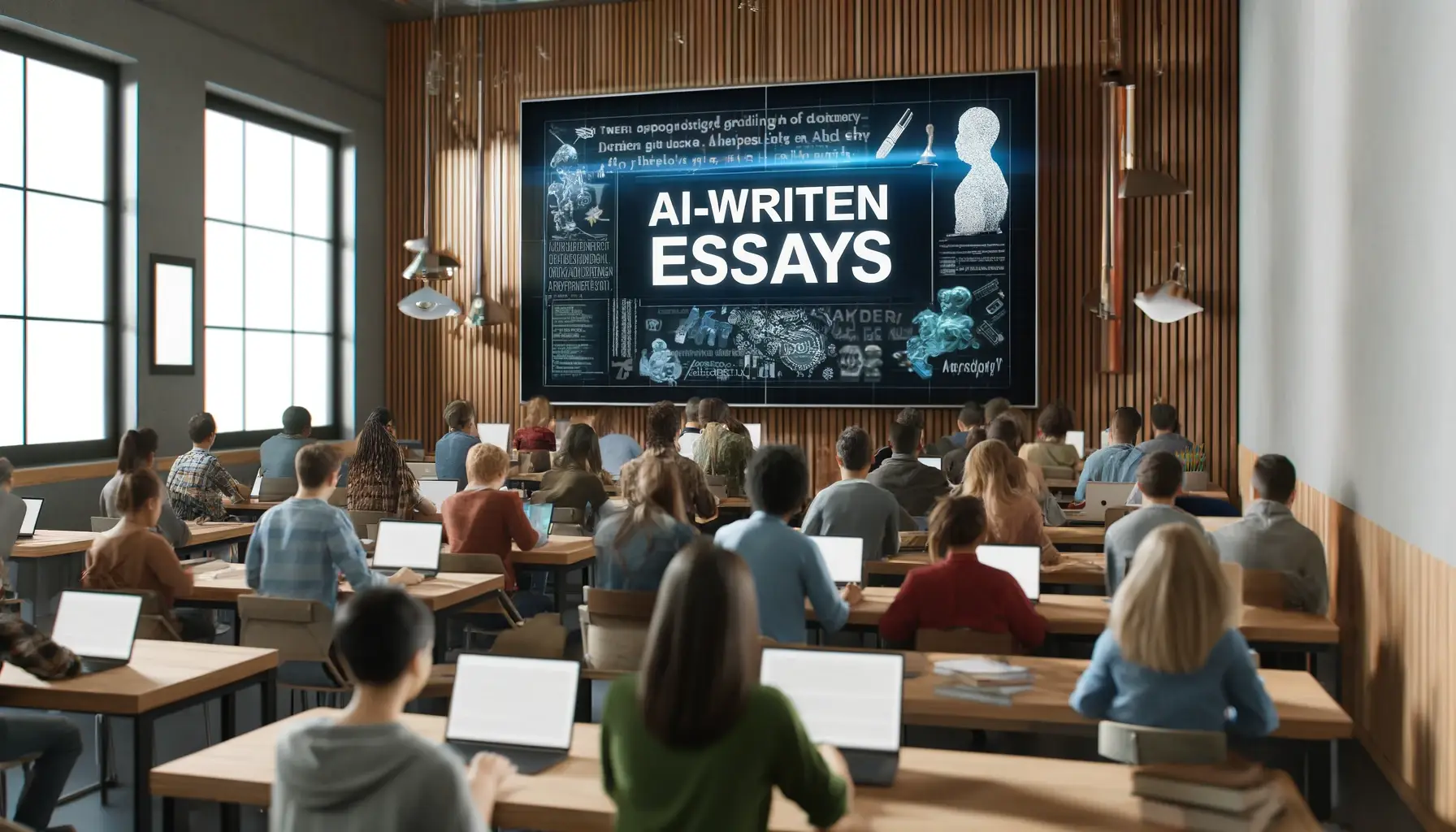As digital technologies evolve, artificial intelligence (AI) is increasingly being used to automate the writing process, producing text that can be indistinguishable from that written by humans. This development poses challenges, especially in academic and professional fields where the authenticity of written work is paramount. The ability to detect whether an essay is written by AI or a human is crucial.
Tools like the Phrasly AI Detector have emerged as solutions, designed to analyze essays and identify signs of AI authorship by scrutinizing writing patterns and inconsistencies that typically go unnoticed by the human eye.

Understanding AI Writing
How AI Writing Tools Work
AI writing tools use algorithms based on machine learning and natural language processing to generate text. These tools are trained on large datasets of written content to produce essays that mimic human style and coherence, often making it difficult to discern their non-human origins.
Examples of Popular AI Writing Technologies
Several AI technologies like OpenAI’s GPT-3 and Google’s BERT are at the forefront of AI writing. These tools are widely used for various applications, ranging from generating articles to automating customer service responses, demonstrating their versatility and widespread adoption.
Spot AI-Written Essays with Phrasly AI Detector

Phrasly AI Detector offers a sophisticated toolset designed to identify AI-generated content with high accuracy. This platform not only helps in detecting AI-written essays but also provides features to transform AI-generated content into text that is undetectable by other AI detectors like TurnItIn and GPTZero.
Trusted by over 500,000 writers globally, including universities and businesses, Phrasly ensures your content remains authentic and undetected. With options ranging from easy to aggressive humanization strengths, the AI Detector and AI Humanizer tools are essential for anyone looking to maintain integrity in their written works.
Phrasly’s commitment to enhancing writing capabilities while ensuring content passes AI detection scrutiny makes it an indispensable tool in today’s digital writing landscape.

Characteristics of AI-Written Texts
Lack of Deep Understanding or Personal Insight
AI-generated essays typically lack the depth of understanding that human writers bring to their texts. They may miss nuanced arguments or fail to provide personal insights that are commonly seen in human-written essays.
Tendency Towards Generic or Overly Formal Language
AI tools often default to using generic phrases and maintain a consistently formal tone throughout the text, which can sometimes feel disconnected from the topic’s conversational or nuanced aspects.
Repetitive Phrasing and Patterns in Sentence Structure
AI-written texts may exhibit noticeable patterns in phrasing and sentence structure. This repetition can often be a telltale sign of AI involvement, as human writing usually contains more variability and complexity.

3 Main Tips for Spotting AI-Written Essays
Uniformity in Sentence Length and Structure
AI tends to generate sentences that are remarkably uniform in length and structure, lacking the natural ebb and flow typical of human writing.
Usage of Common Phrases and High-Frequency Vocabulary
AI algorithms often rely on a set pool of common phrases and high-frequency words, resulting in text that may seem overly polished or predictable.
Minimal Errors in Grammar and Syntax
While flawless grammar might initially seem like a sign of careful writing, unusually consistent perfection throughout a lengthy essay might actually indicate AI authorship.
Contextual Clues in AI Writing
Difficulty With Context-Specific Details
AI may struggle with incorporating specific details relevant to local contexts or nuanced topics, often resorting to more generalized statements.
Inconsistencies in Tone
Look for sudden shifts in tone or writing style within the essay, which can be indicative of AI struggling to maintain a consistent authorial voice.
Overreliance on Source Material Without Adequate Transformation
AI-generated content might heavily lean on source materials without sufficient transformation or integration, resulting in text that feels pieced together rather than cohesively authored.
Comparative Analysis
Comparing Suspect Text With Known Human-Written Samples
One effective method for spotting AI-written essays is to compare them with texts known to be written by humans. Differences in flow, depth, and personal insight can be quite telling.
Tools and Software That Can Assist in Identifying AI-Written Content
Various software tools are available that analyze texts and flag those likely written by AI, using metrics like sentence structure, word frequency, and style consistency.
Implications of AI-Written Essays
Ethical Considerations and Academic Integrity
The use of AI in writing raises significant ethical questions, particularly concerning academic honesty and the authenticity of intellectual output.
Potential Legal and Educational Implications
As AI becomes more prevalent, its impact on educational policies and legal frameworks will likely grow, necessitating discussions about rights, ownership, and the use of AI tools in academic settings.
Conclusion
As we navigate the complexities of AI integration into writing, it becomes imperative to ensure the authenticity and integrity of written content. Recognizing AI-generated texts is not just about maintaining academic honesty but also about preserving the unique essence of human expression in writing.
Tools like the Phrasly AI Detector are instrumental in this endeavor, providing the means to discern and verify the origins of digital content.
Embracing such technologies will be key to adapting to the evolving landscape of automated writing, ensuring that we can distinguish between the nuances of human intellect and the outputs of artificial intelligence.



